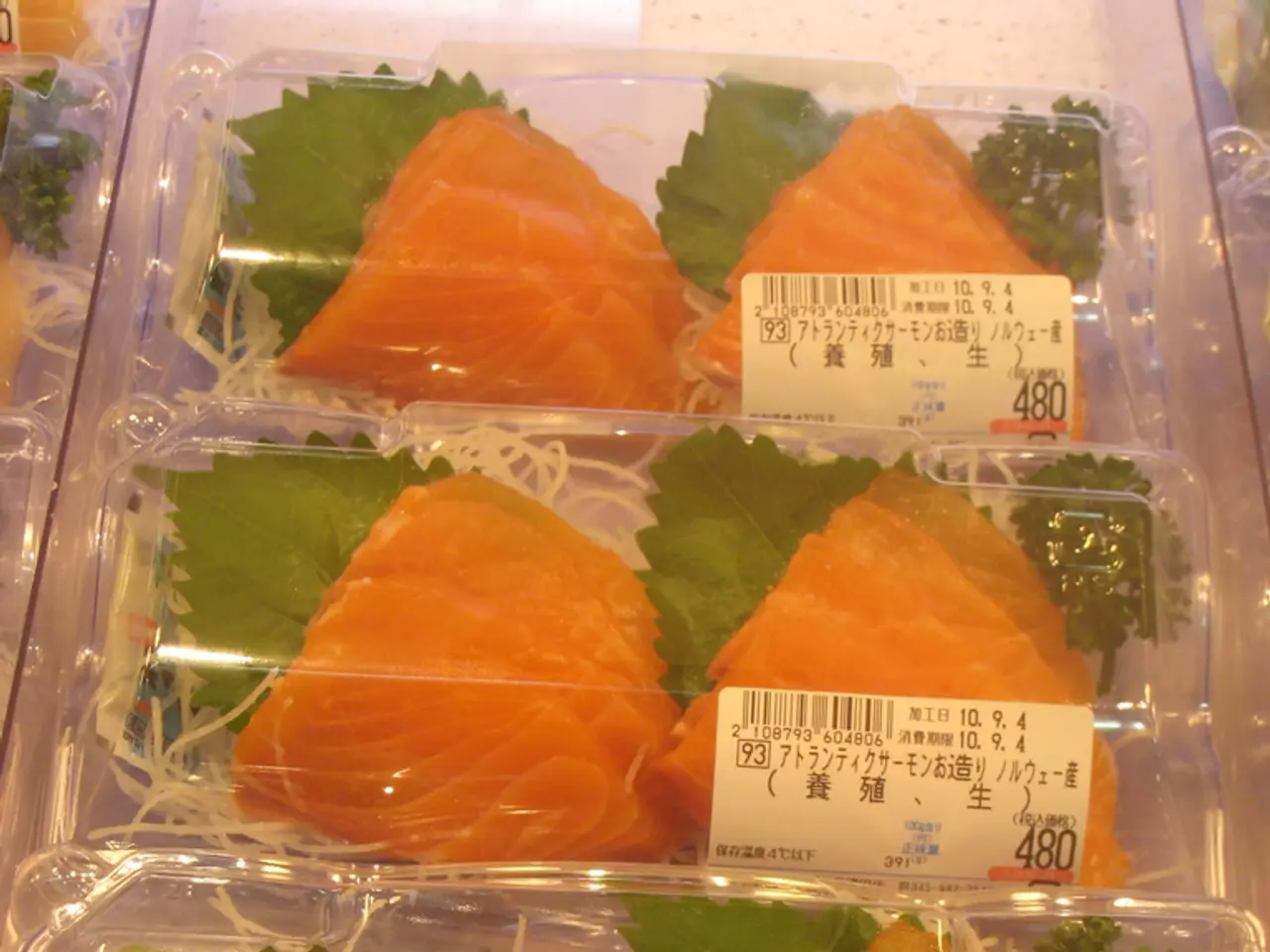Russia Experienced Near Recovery in Exporting Fish to South Korea
In the world of international trade, the export of seafood products has been a growing sector, and Russia is no exception. According to recent data, the Magadan region in Russia has seen a significant increase in the export of fish products, particularly sardines, to South Korea.
The Magadan News in Telegram group, a platform dedicated to life in Magadan and the surrounding region, has been sharing updates about these developments. However, it's important to note that the group does not provide information about the source or origin of the news it shares, nor does it seem to be affiliated with any local or regional news organizations in Magadan or the Magadan region. The group's content is not attributed to any specific journalists or writers, and it does not appear to have a designated administrator or moderator.
Despite these uncertainties, the group's content has been shedding light on some fascinating trends. For instance, the value for the first seven months of 2025 was 1% higher than the same period in 2024. This growth can be attributed to an increase in sardine supplies, which saw a sharp rise in July 2025, with a total volume of 24.9 thousand tons, a significant jump from just 68 tons the previous year.
This surge in sardine imports is part of a broader trend of rising Russian seafood exports. South Korea saw a dramatic surge in frozen herring imports (+252%) in June 2025 compared to the previous year, driven by Russia's dominant 95% market share in that category. Russian fisheries have been increasing production, particularly from the Far Eastern basin, which supports the growth of exports.
The growth in Russian fish imports to South Korea in July 2025 was not limited to sardines. In fact, Russian products accounted for 27% of the total volume of seafood imports into Korea, with frozen pollock remaining the main product but supplies decreasing by 15%. Other products like pollock surimi also saw significant increases, up 33% January to June 2025.
Despite some month-to-month fluctuations, such as the surge in June-July, the overall value of Russian fish exports to South Korea and beyond increased significantly. This growth is likely due to strong production figures in Russia and new market expansions.
In summary, the sardine import surge in July likely relates to strengthened Russian supply capacities, market share gains in specific categories, and perhaps short-term demand shifts in South Korea. The broader impact indicates an overall increase in Russian seafood trade value through the first seven months of 2025.
It's worth noting that the Magadan News in Telegram group does not seem to have a specific schedule for posting updates or news, nor does it appear to have a dedicated website or social media presence outside of Telegram. It's also unclear whether the group has a significant following or readership.
Despite these uncertainties, the group's updates provide valuable insights into the world of Russian seafood exports, offering a glimpse into the dynamic and evolving seafood trade market.
- The Magadan News in Telegram group has provided insights into the dynamic growth of the Russian seafood export industry, specifically highlighting a 1% increase in the value of exports during the first seven months of 2025.
- In the realm of international finance, South Korea has witnessed a notable increase in its energy-rich diet, with Russian seafood products accounting for 27% of total seafood imports in July 2025.




